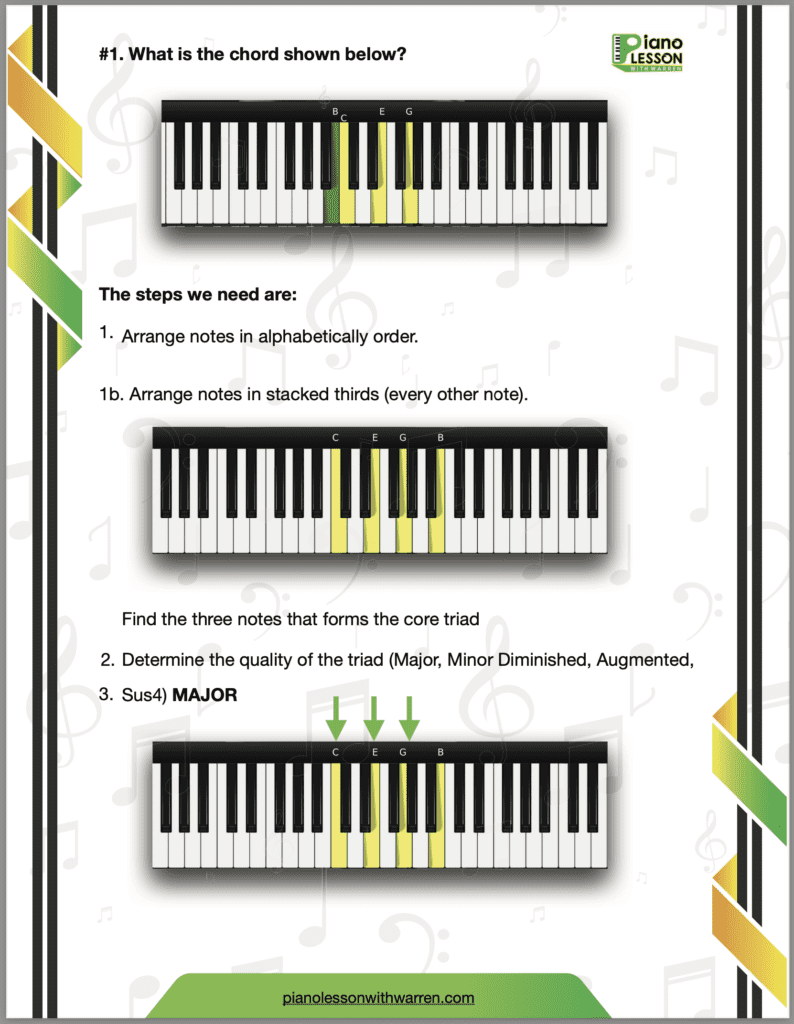Introduction
Title: Understanding When to Use Sharps (#) and Flats (b) in Music Theory
In music theory, the correct use of sharps (#) and flats (b) is essential for accurate musical notation and understanding. While it might seem arbitrary at first, there are specific rules that guide when to use each. Let’s explore these rules with examples to clarify this fundamental aspect of music theory.
Sharps and Flats: What Are They?
Sharps (#) raise a note by a half step, while flats (b) lower a note by a half step. These accidentals are used to denote pitches that are not natural (i.e., the white keys on a piano) and are critical in the construction of scales and chords.
The Principle of Alphabet Representation
In a diatonic scale (a 7-note scale such as major or minor scales), each of the seven letters from A to G must appear exactly once. This principle helps determine whether a sharp or flat is used for certain notes, ensuring that the scale covers the entire range of notes in a systematic and organized manner.
When to Use Sharps (#)
Sharps are typically used in keys and scales that naturally include sharp notes. For example, in the key of G major, the scale is G, A, B, C, D, E, F#. The F# is used because G major has one sharp in its key signature.
Example: G Major Scale
- G, A, B, C, D, E, F#
Similarly, in the key of D major, the scale is D, E, F#, G, A, B, C#. Here, both F# and C# are used because D major has two sharps in its key signature.
Example: D Major Scale
- D, E, F#, G, A, B, C#
When to Use Flats (b)
Flats are used in keys and scales that naturally include flat notes. For instance, in the key of F major, the scale is F, G, A, Bb, C, D, E. The Bb is used because F major has one flat in its key signature.
Example: F Major Scale
- F, G, A, Bb, C, D, E
In the key of Bb major, the scale is Bb, C, D, Eb, F, G, A. Here, both Bb and Eb are used because Bb major has two flats in its key signature.
Example: Bb Major Scale
- Bb, C, D, Eb, F, G, A
Applying the Principle of Alphabet Representation
Each major key has a relative minor key that shares the same key signature. For example, D minor is the relative minor of F major, meaning it also uses Bb in its notation.
Example: D Minor Scale
- D, E, F, G, A, Bb, C
Using the correct accidentals is crucial for proper musical notation. For instance, in the key of F minor (relative minor of Ab major), the correct notation for the 2 chord (G diminished) is G, Bb, Db, not G, A#, C#. This is because F minor uses flats from the Ab major scale.
Example: F Minor Scale
- F, G, Ab, Bb, C, Db, Eb
Harmonic Minor Scale Example
The A harmonic minor scale consists of the notes A, B, C, D, E, F, G#. Here’s the breakdown:
- A
- B
- C
- D
- E
- F
- G# (instead of Ab)
Explanation:
- If G# were written as Ab, the scale would have two As (A and Ab), violating the principle that each letter must be represented once.
A Harmonic Minor Scale:
- A, B, C, D, E, F, G#
Consistency in Music Theory
Understanding these rules ensures that musicians and composers follow a consistent system recognized worldwide. This consistency helps in reading and writing music accurately, facilitating smoother learning and performance.
By adhering to the proper use of sharps and flats and ensuring that all seven letters of the musical alphabet are represented, musicians can ensure their music is theoretically correct and universally understood. Whether you are a beginner or an advanced student, mastering this aspect of music theory is fundamental to your musical journey.


